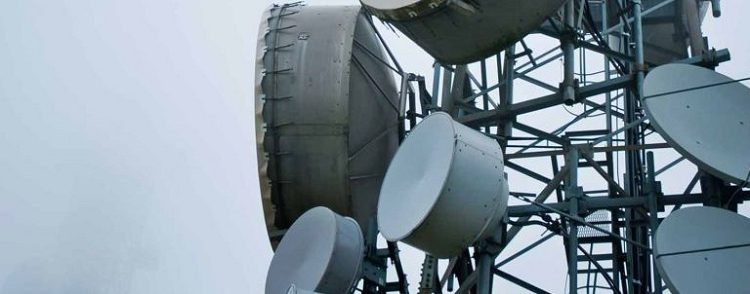
The telecommunications industry provides television, telephone, cable services, internet, broadband, cellular phones, and satellite services among other. This massive industry is broken up into four sectors: wireless, wired, satellite, and “other”. Careers abound. In addition to the designers of these primary goods and services, layers of supportive occupations are necessary to keep this industry growing. Telecommunications jobs also include salespeople, client service agents, instructors, repair specialists, marketers, among others. The Bureau of Labor Statistics tells us that 52% of individuals employed in telecommunications are in installation, maintenance, and repair professions.
The biggest sector of telecommunications covers wired carriers. These carriers deliver landline phones, DSL, cable TV and Internet services. Transmitted over cables and lines, these carriers control access and characteristically charge for access to the content delivered. They may or may not own the network used. These carriers don’t produce the content delivered (for example, a cable TV carrier delivers the service but they don’t produce the awards show or concert you are watching).
Wireless telecommunication carriers deliver Internet and data by sending signals over a network of radio towers. The best image of the wireless sector is cell phones. Signals are transmitted through an antenna straight to customer’s phone and from there, info and voice transmissions can be sent and received.
Satellite telecommunications send and receive information via satellites and are able to transmit a variety of data including images, messages and more. Businesses often use satellite as back up to DSL services and the government relies heavily on satellite transmissions. Direct-to-home satellite TV is classified in the wireless grouping and not satellite. Other telecommunications refers to services such as radar stations and radio networks.
Telecommunications is such an exciting field. We’ve watched data transmission capabilities (bandwidth) change with the evolution of fiber optics. The speed capabilities of fiber optics allow for rapid transmission of data. Some carriers offer fiber optics cable to residential customers; provide video on demand, faster high-speed Internet, cable TV, and a telephone all delivered through one single line. With increasingly speedy connections, watch as even more data and apps are easily delivered to mobile devices. The future is bright for the field of telecommunications.
It’s easy to lose sight of what you need in cyberspace seeking information about telecoms companies in Markham, but we make it our top priority to help you.
